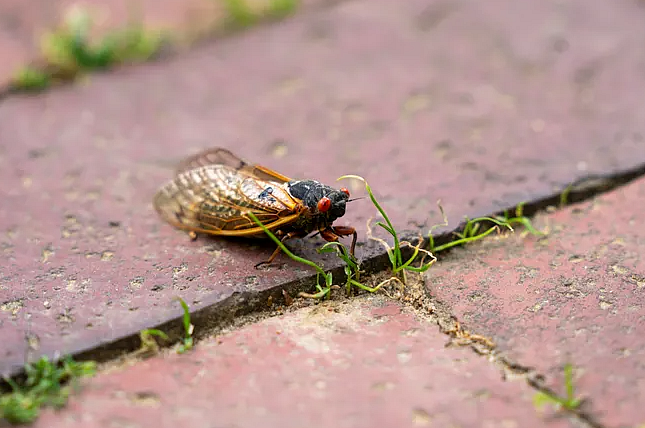An increasing number of people are experiencing unusual rashes and itchy bites from oak itch mites, which feed on cicada eggs.
Dr. Jordan Carqueville, medical director of The Derm Institute of Chicago, explained, “We have seen a significant increase in our suburban locations compared to our downtown office, and this is presumably because that’s where the cicadas were. They can take 10 to 16 hours to show up on your skin, so it can be confusing to know where did this bite come from?”
Not only can it take hours for symptoms to appear after an oak itch mite bite, but the resulting rashes can persist for a few weeks.
Dr. Jordan Carqueville advises, “You can probably see that red rash with the bump for up to two weeks with symptoms of itch, and we recommend people use the over-the-counter anti-itch treatments. Despite how itchy they are, do not scratch. Because if you scratch a lot, you can get breaks [in] the skin, and that just creates a port of entry for bacterial infections.”
According to the Illinois Department of Public Health, you should stay away from oak trees and keep your windows closed, as the mites are tiny enough to pass through window screens.
The Department’s website notes that “DEET and other insect repellents may not work” against oak itch mites, and they can even bite through loosely woven clothing.
This year, oak itch mites are more problematic due to the abundance of cicadas and their eggs.




























